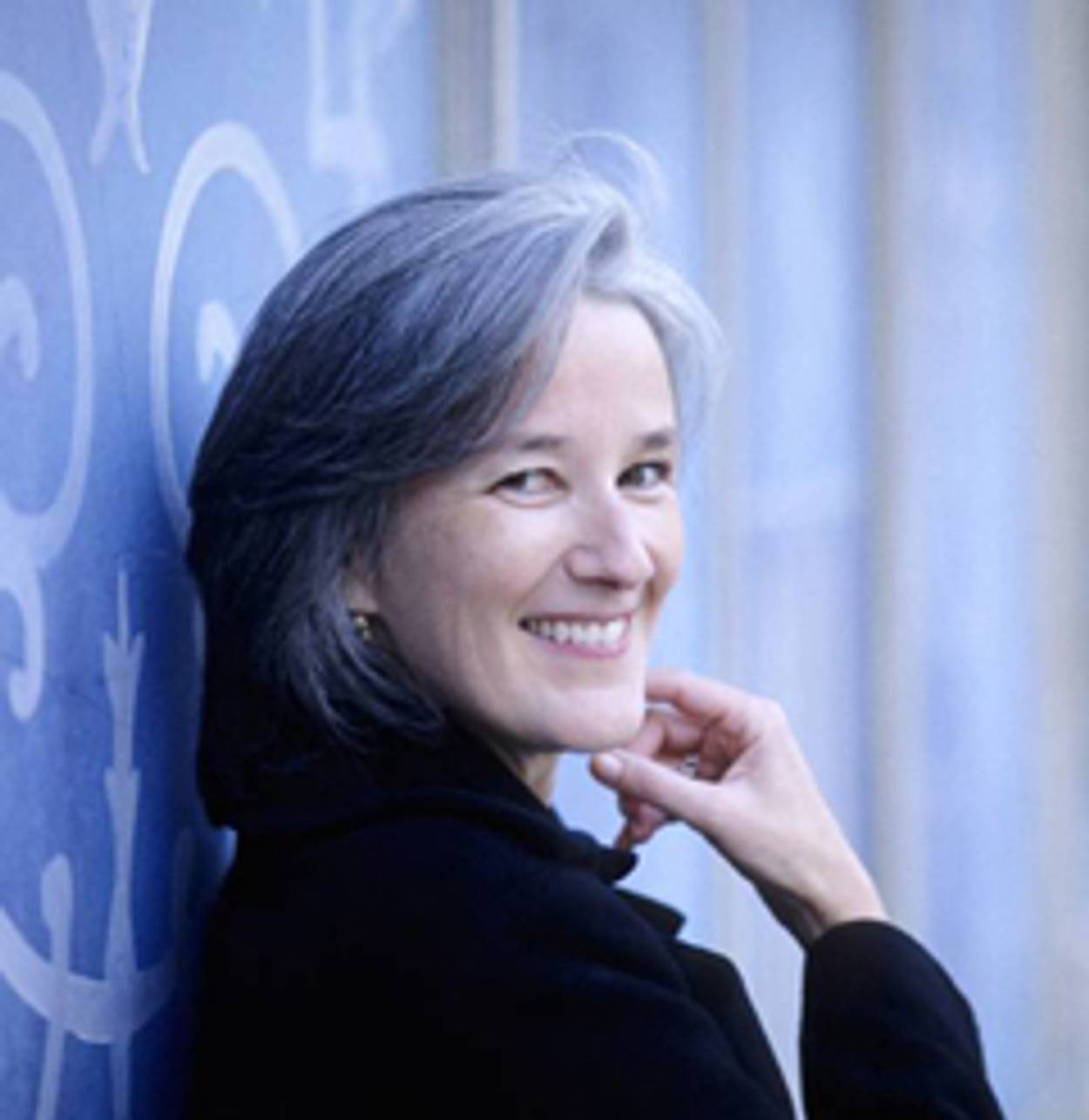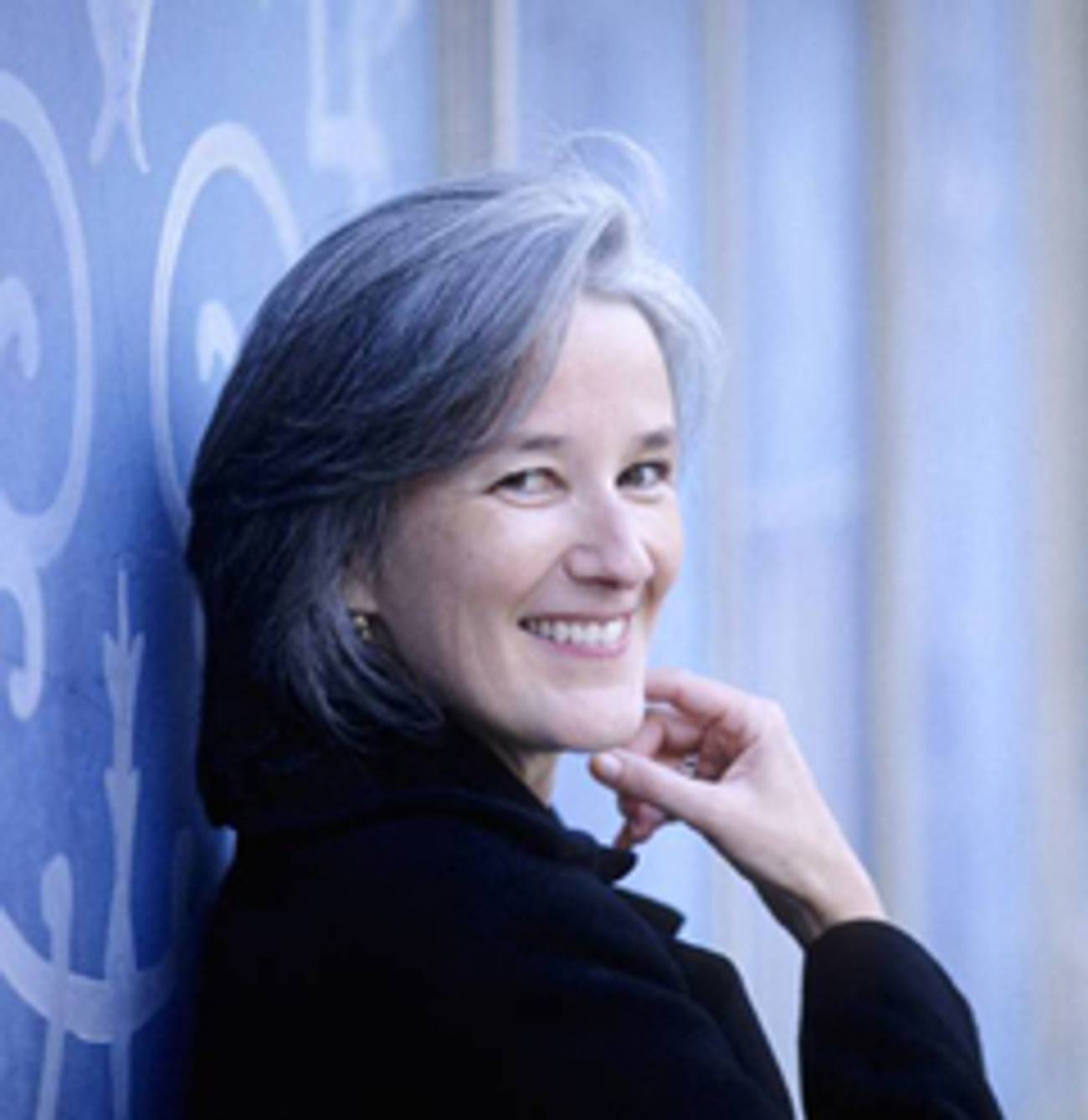Resistance Fighter
In her new novel, Tatiana de Rosnay challenges France’s hero complex




In Tatiana de Rosnay’s ninth novel, and her first written in English, the writer takes on one of the most taboo events in French history—the rafle du Vél d’Hiv, in which nearly 13,000 Jews were rounded up by the French police and taken to the Vélodrome d’Hiver, a former cycling arena, where they were detained before being transported to Auschwitz. Discussion of the episode is so verboten that de Rosnay’s longtime publisher, Plon, declined to publish the book. Picked up instead by the newly-created Editions d’Heloise d’Ormesson, Sarah’s Key has been a runaway success in France since its March publication, with Le Figaro pronouncing it “bouleversant,” shattering.
The novel begins in 2002, when Julia Jarmond, an American journalist living in France, is assigned to cover the 60th anniversary commemorations of Vél d’Hiv, of which she’s never heard. In the course of reporting the story, Julia discovers that her French husband’s family has a connection to Vél d’Hiv through a 10-year old named Sarah, one of many children rounded up that day. De Rosnay weaves scenes from Sarah’s harrowing experience into Julia’s investigation. The horror of the arrests is personified by Sarah’s little brother, whom she locks into a secret closet in the family’s Marais apartment to keep him safe.
You wrote Sarah’s Key in your native language, English, although all of your previous books were written in French. Why?
English is a language that is more immediate, that comes from my guts, because it’s my mother tongue, it’s linked to my mother. My mother is British and my father is French—actually he’s not very French, he’s Mauritian and Russian, so I’m not that French after all. I was born in Paris, but English is the first language I learned.
Also, with Julia Jarmond being American, I couldn’t envision her speaking in French, it would be like seeing a dubbed movie.
If your mother’s British, how do you explain your American accent?
My father was sent to teach at MIT in computer sciences; I lived in Boston for three very formative years, when I learned to read and write, so when I came back to France I had forgotten all my French, and was put in a bilingual school, where I kept up some classes in English and some in French. I passed my baccalauréat here, and then went to the University of East Anglia where I majored in English literature. Then I came back in the early 80s and got my first job as Paris editor for Vanity Fair.
What inspired you to write about this particular deportation?
For those of us in France of my generation, born in the early 60s and at school in the early 70s, this was absolutely not part of our curriculum. The Vél d’Hiv was not taught in school. I didn’t know what it was until Jacques Chirac’s speech in 1995—he was the first president to admit France’s responsibility for this event, and to not blame the Nazis. That’s when I heard the term rafle du Vél d’Hiv for the first time.
What brought me to this was a book that I wrote in 2002, called La Memoire des murs (The Memory of the Walls) in which I wanted to explore how places, houses, harbor unspoken memories of things that have happened there. I don’t mean ghosts, or apparitions, I mean when you go into a place and all of a sudden you may feel burdened with something, or you may feel uplifted by something. In this case I went with burdened. I’ve always been interested in the Second World War and was doing research about Paris during the Occupation, and the the Vél d’Hiv roundup and rue Nelaton, where the Vél d’Hiv was located, kept coming up. I didn’t even know if the Vél d’Hiv still existed, what it looked like. So I went and was confronted with the very disturbing fact that an annex to the Ministére de l’intérieur is now on the site. I took a long time finding the famous little plaque, that Julia also looks for, and I talked a bit with people around me, and realized nobody really knew what had happened 60 years ago.
The more I read, the more I was horrified by what I discovered, scandalized by the role of the French police, how it was organized, how children were treated, how the Nazis had not asked for these children, that that was an extra effort by the French.
The French police of Vichy organized the Vél d’Hiv round-up under Nazi orders. Only Jewish adults were concerned at that point. But as there had been rumors of this roundup, a lot of men went into hiding, thinking that the police would never arrest mothers and children. However, as it became clear that many had escaped, the French police arrested children and mothers to increase the number of arrests. Children were brutally separated from their parents in the transit camps near Paris, again by the French police. The parents were sent straight to the death camps, and the children later went to their deaths, alone, from Drancy.
I said to myself: “I have to write about this, but how? I’m not a historian, I’m not Jewish, I don’t have any legitimate reason to write about this except that I’m French, and that I’m appalled.”
Why did you make the protagonist American rather than British?
Because it seems to me that Americans know little about this event. Julia Jarmond lives in France and has been doing so for 20 years and the roundup meant nothing to her. Had she been British, born in Europe, I think she would have known a little more.
In the past few years, and especially around the time of the 60th anniversary of the liberation of the camps, people in France have complained of “Shoah saturation.”
I get that from time to time on the book tour; people pick up the book, see Auschwitz and say, “Oh, God.” I say, “This is not about Auschwitz, it’s about something that happened in Paris 65 years ago, that was organized by the French police, that a lot of us don’t know about.” Then they say, “the Vél d’Hiv roundup? We know about that.” And I say, “Where did it take place?” “Drancy,” they say, or “in the banlieux [suburbs of Paris].” “Who organized it?” I ask. “The Germans,” they answer. “How many people were rounded up?” “2,000” they answer. “No, 13,000.” I ask, “Were there any children?” “Probably.” “How many?” “Don’t know.” “4,000.”
For me, one of the most haunting moments in the book is when Julia visits Drancy, and finds all these people living in the barracks—now apartments—where they kept the Jews, who have no idea of the history of the location.
Did you visit? Is that what you found there?
I went in 2002 with a friend, whose entire family was deported, except for her mother, who was hidden. It was a very cold November day, and Drancy looks exactly like it did in 1942. It was built to be one of the first public housing projects. When I went inside, the stairs are exactly the same as in the photos, and you know you’re in this place where horrible things happened. My friend felt completely overwhelmed. I felt sickened and also terribly moved by her reaction.
We came across some young people moving in, and we said we’re writing an article about Drancy, “Do you know where you’re living?” “No. Why?” We told them, and the young man said, “But that’s in the past, all that, no one cares about that anymore.”
In the days when it was a camp, there were few walls, it hadn’t been finished, there were long hallways. As soon as 1945, they were divided into studios. It was the cheapest rent in the area. I remember seeing an interview on TV after I’d written the book, with this little old lady saying, “I know exactly where I’m living, and I can’t afford to move out, and believe me, nobody sleeps well here.”
How would you characterize the reaction to this book in France?
I never thought it would be published. I’m not sugarcoating the story. I’m shining this lucid spotlight onto what happened, how the people of Paris closed their eyes. Of course there were people who helped, there were children who got away because they were saved, but the truth is not very pretty to look at from the French side.
Through the other characters’ reactions to Julia’s investigation we can measure how taboo this subject is. You can debate this, and ask, “Did this have to happen?” The French always harp on about la Résistance. Where was the resistance here? When the Parisians saw all these people being herded away into buses—this was the French police doing the herding, so it was easy to think nothing was going to happen to the Jews. People took shelter in that. And then after, when this horrible boomerang of the truth came back, it was like shock, horror, let’s put a sheet over this, you know, get rid of the dead body, fast, and that’s, I think, what happened.
In the book there are at least two different Frances: there are people who say on s’en fout (this doesn’t concern us) and there are people who try to help, and ask, “What is this country becoming?”
It’s a patchwork of what France is and was. Today it’s no longer politically correct to say, “We don’t care about this,” but you can say “I’m fed up with all this Shoah stuff.”
I was listening to an interview with Alain Resnais talking about Night and Fog, one of the first movies showing images of the Holocaust, the crematoriums, bodies. In that movie there’s a shot that lasts about two seconds of a French policeman standing outside barbed wire in front of Pithiviers or Beaune-la-Rolande, and when the film was shown at Cannes in 1955, there was such an uproar that they had to delete that scene. So that goes to show how shameful is this particular aspect of French collaboration.
What do you think drew Heloise d’Ormesson to the book after Plon turned it down?
She saw an international aspect to this book. Maybe it was a question of timing, too. In 2003, there hadn’t been Suite Francaise, and France now seems more ready to face her somber past. There has been more interest in the Justes [the Righteous Among the Nations] and the ceremonies Chirac did commemorating them.
What has the reaction to the book been like in the Jewish community?
A Jewish friend who is a survivor of the roundup said, “Thank you for writing this book. If you’d been Jewish, people would have said ‘Oh, another Holocaust book by some Jewish woman lamenting herself.’” Maybe she’s right. Had I been Jewish I would not have written this book, because I would have known all this. Maybe I would have written something else. This story is about the Vél d’Hiv children, and not forgetting them, just like Heloise had printed on the cover.